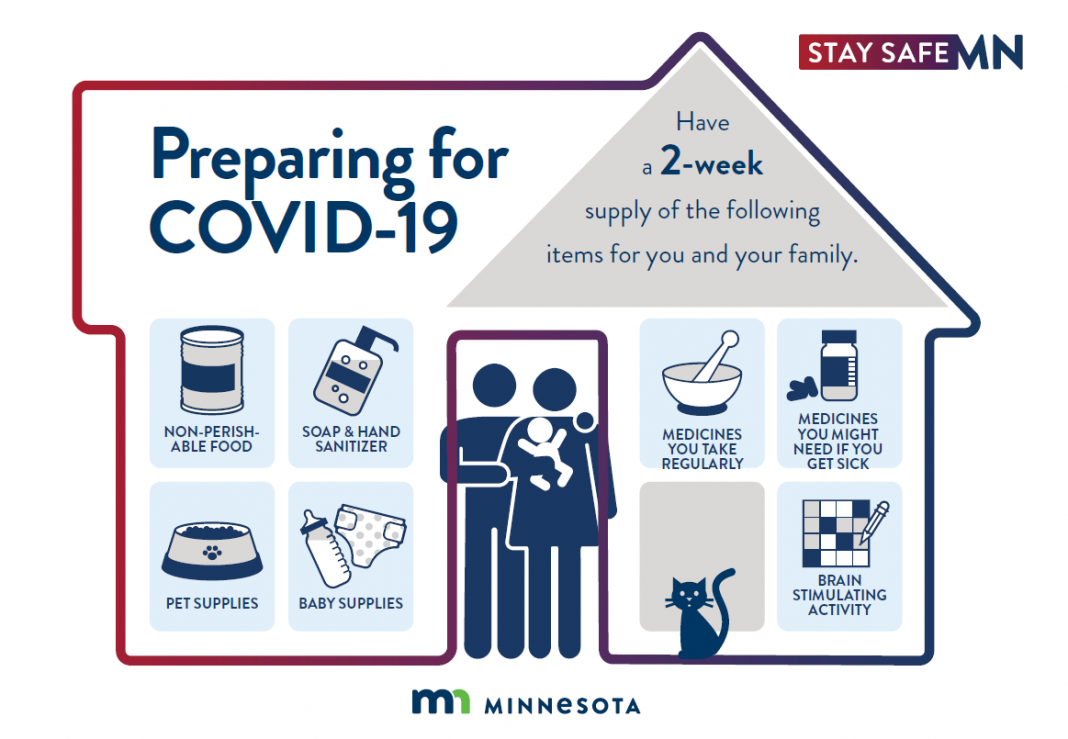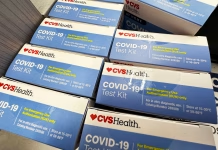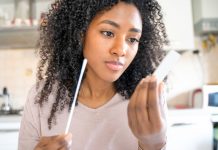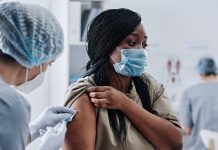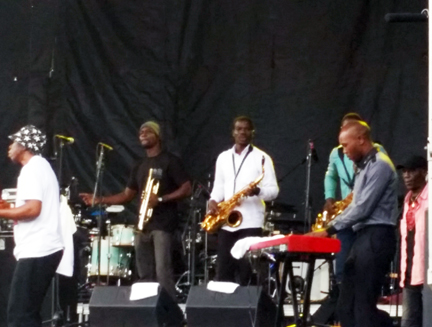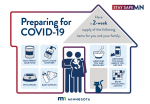
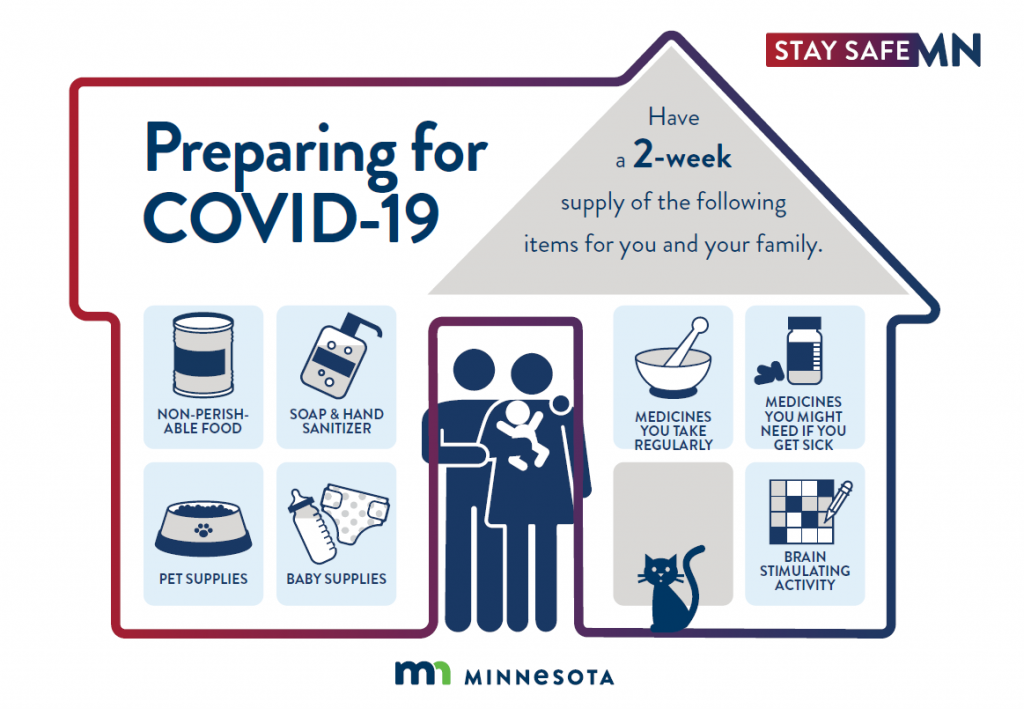
If you have recently taken a COVID-19 test at your provider clinic or the community testing sites, you might be wondering what to do while you wait as test results can take several days to come back.
What you should do while you wait depends on whether you have symptoms or not. Below is what MDH advises depending on whether you have symptoms or not.
If you have symptoms of COVID-19
Symptoms can include cough, shortness of breath, fever, chills, headache, muscle pain, sore throat, or loss of taste or smell. Less often, symptoms can include vomiting, nausea, and diarrhea. Follow these instructions while you are waiting for your test results.
Separate yourself from others
- Stay home. Do not go to work, school, or any other place outside the home. If you need medical care, follow the instructions below.
- Stay away from other people in your home. As much as possible, stay in a separate room and use a separate bathroom, if available.
- Wear a facemask if you need to be around other people, and cover your mouth and nose with a tissue when you cough or sneeze. Wash hands thoroughly afterward.
- Avoid sharing personal household items. Do not share food, dishes, drinking glasses, eating utensils, towels, or bedding with other people in your home. After using these items, wash them with soap and water. Clean all frequently touched surfaces in your home daily, including door knobs, light switches, and faucets.
- Wash your hands often with soap and water for at least 20 seconds, or use an alcohol-based hand sanitizer containing 60% to 95% alcohol. Avoid touching your face with unwashed hands.
Monitor your symptoms
Most people have mild symptoms that get better in a week or two. Some people do not have any symptoms. People age 65 and older or people who have other underlying medical conditions may get very sick from COVID-19.
If your symptoms get worse or you need medical care:
- Contact your doctor or local clinic. Call ahead before going in.
- Do not use public transportation, ride-sharing (such as Uber or Lyft), or taxis if you need to go to a clinic or hospital.
If you need emergency medical attention, call 911 and let them know that you have been tested for COVID-19 and your results are pending.
Notify people you’ve been in contact with
Make a list of the people you have been in close contact with, from two days before you started feeling sick until the time you were tested. Tell these people that you may have COVID-19 and that they may have it, too. Tell them to stay home and away from others until they hear from you. If your test results are positive, they should continue to stay home and away from others for 14 days from their last contact with you. If your test results are negative, and they do not feel sick, they do not have to keep staying apart from others.
If you do not have symptoms of COVID-19
- You do not need to stay home from work, school, or other settings while you wait for your results if you do not have symptoms.
- Continue to do things to help prevent the spread of COVID-19, such as staying at least 6 feet from other people, wearing a mask or cloth face covering when you go out, washing your hands often, and covering your cough.
Getting your test results
It can take several days for test results to come back. The clinic or testing site that did your testing will get the results to you. Do not call the Minnesota Department of Health to get your test results.
If you test positive
- If you have symptoms, follow the instructions under the “Separate yourself from others” section above until all three of these things are true: Your symptoms are better, and it has been 10 days since you first felt sick, and you have had no fever for the last three days without using medicine that lowers fevers.
- Drink plenty of fluids and eat when you can. You may take medicine for pain or fever if you need to. Rest as much as you can.
- If you do not have symptoms, stay home for 10 days after your test date. If you develop symptoms during those 10 days, stay home until all three of these things are true: Your symptoms are better, and it has been 10 days since you first felt sick, and you have had no fever for the last three days without using medicine that lowers fevers.
- A trained public health worker will call to follow up with you and give you more information about what to do and how long you should stay home.
If you test negative
- A negative COVID-19 test at one point in time does not mean you will stay negative. You could become ill with COVID-19 and/or test positive at any time.
- If you develop symptoms of COVID-19, talk to your doctor or other health care provider about getting tested again.
- Remember to wash your hands often, avoid touching your face, stay 6 feet from people you do not live with, and wear a cloth facemask when you go out.
About Mshale Staff

